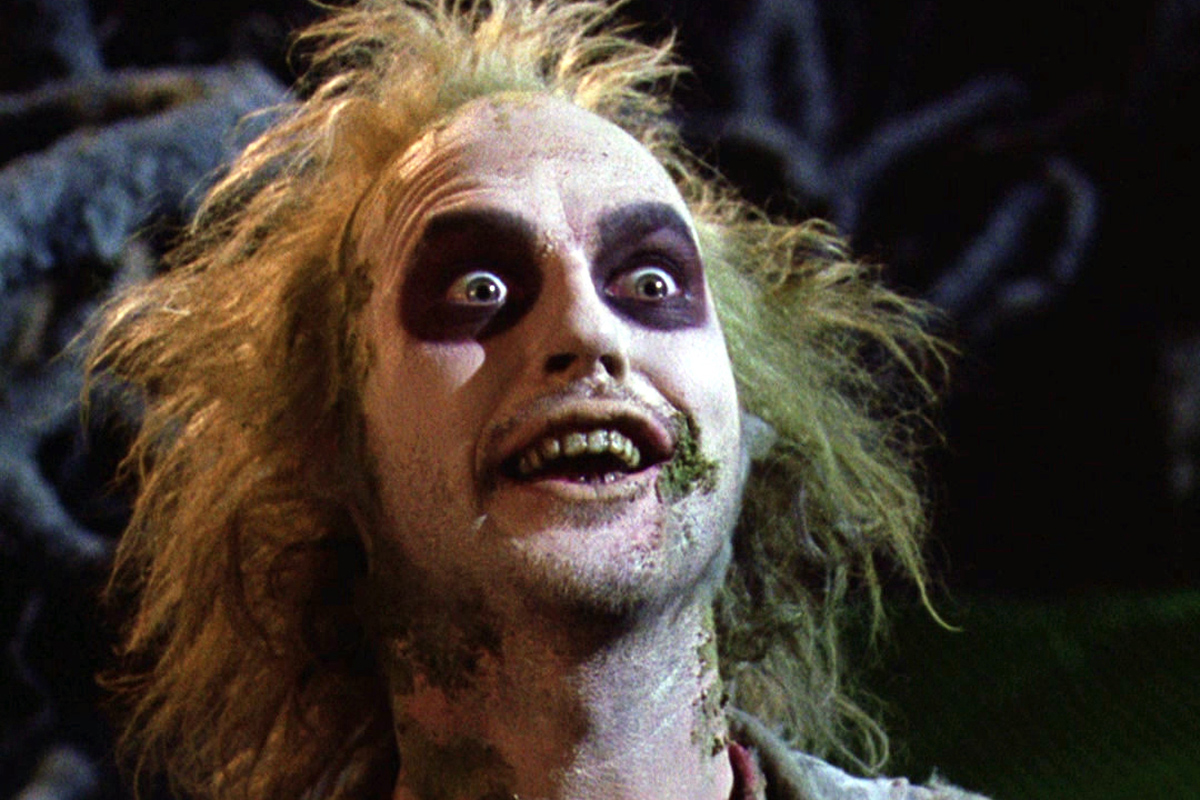...mostly rotten
Turns out predicting Rotten Tomato scores is not so easy

Quick Recap of Project Motivations
It’s almost Halloween and I like to watch scary movies to get into the spooky spirit. It’s also important to me to watch the best scary movies, so I turn to Rotten Tomatoes to clue me in on which movies will scare and entertain me the most. This lead me to wonder if I could predict the score of a movie before it hit the theaters.
Thinking outside my personal motivations, there is a business case for being able to predict Rotten Tomatoes scores too. In 2016, Fandango bought Rotten Tomotoes and started posting movie scores next to ticket sales on their website. As it turns out, those scores had a big influence on opening day ticket sales for movies. Movie production companies took notice when their marketing predictions for opening day totals became obsolete relative to predictions based on Rotten Tomatoes score. If production companies could predict the Rotten Tomato score of their films before they come out, they could modify their marketing plans and even identify the movie features that generate the best scores and make sure to implement them for ultimate movie success!

How Rotten Tomatoes Scores Work
Critics certified by Rotten Tomatoes go to advanced screenings of new films and send in their reviews to Rotten Tomatoes. Critics are certified after going through a fairly rigorous vetting process, which requires them to have a certain number of followers and traction in the movie critique world. Once Rotten Tomatoes receives the reviews, they are divided into mostly positive or mostly negative critiques, fresh or rotten, respectively. Once divided, the reviews are aggregated into one percentage of freshness, which is the movie’s overall Rotten Tomatoes score. It should be noted that the score really just provides a general consensus about a film because the way the reviews are divided diminishes the potential impact of very negative or very positive reviews.

Creature Features
After pulling together data from Box Office Mojo and IMDB, I was overwhelmed with features to use to predict the scores. I was able to eliminate several variables that provided information that wouldn’t be available at the time of Rotten Tomatoes scoring like total gross or number of theaters during widest release. I also had to remove features that were not easily quantifiable, like director and actors. And then I had to narrow the list of 131 subgenres to the top 34 most prevelant. My final list of features included:
- Runtime
- Production Budget
- Release Year
- Release Month
- Subgenres
First Linear Regression
Just to get an idea of what I was working with, I put all my data with all my features into a basic linear regression and found that there was not a lot of correlation between my model and my target variable, Rotten Tomato score. While the correlation wasn’t great, the root mean squared error was better than the error of the baseline model (where the predicted target is just the mean). In points, the RMSE of the linear regression was off by about 24 percentage points, whereas the baseline model was off by about 28.
Could there be a better model?
I wasn’t satisfied with the first linear regression model, so I tried a few things:
- Transform the variables for runtime and production budget because they were slightly skewed right
- Further narrowing down the list of subgenres from 34 to the top 10
- Using a standard scalar transformation to account for the large size difference between production budget numbers and everything else
- Applying a second degree polynomial transformation
- Selecting the features with the lowest p-values and largest coefficients and running a linear regression on that set of features
- Reorganizing the release years into categorical variables of decade and removing the subgenre variables because in theory most subgenres of horror films could be labeled by decade
- Removing release month and creating the variable released in the fall or not
- Some more tinkering
- Dividing the data into two sets; one for pre-2000 movies and one for post-2000
So what I actually found
Transforming and eliminating various combinations of features did not end up improving my model very much. The initial linear regression with all the features and untransformed variables created the best model overall, but I did discover some interesting things:
- Despite having a low correlation, runtime was the top predicting feature. I am not sure why, but maybe there is some interaction between quality of scary movie and the length, where shorter films aren’t as well-developed or good.
- There were 7 subgenres that had significant positive influence on the score and 5 subgenres that had significant negative influence on the score. These features were part of the subset of features with low p-values and high coefficients. Separately, they were not highly correlated with the Rotten Tomato score, but in combination they strongly affect the score. With further research and manipulation I would hope to figure out the interaction between those subgenres that demonstrates their combined effect on the score and improve my original model.
- Dividing the data into pre- and post-2000 movies and building two separate models resulted in even better R^2 and RMSE values. Rotten Tomatoes launched in 2000, which is why I chose to investigate the difference between those two groups. In future studies I would like to further develop the two models and better understand the reasoning behind the divide.
Future Future Work
In addition to the yera 2000 split model, I think the best plan to improve my model would be to incorporate the individuality of the critics. I think the reason that numbers and dates and subgenres couldn’t properly predict Rotten Tomatoes scores is that the scores are really dependent on an exclusive group of critics who have highly variable opinions, tastes, and interests in films and, on top of that, many scary movies are totally divisive when determining what makes a scary movie good. If time permitted, I would make a model that incorporated each of the top critics, what their preferences are (judging from past reviews) and features of the movie. Then, depending on which combination of critics review a certain film, I could predict whether their review would be mostly positive or mostly negative, and then aggregate those results into the overall score. As an extension of identifying the preferences of each critic, I could also use those preferences to pin down some of the most common features of the highest rated films. But all that is for another day and another project.

